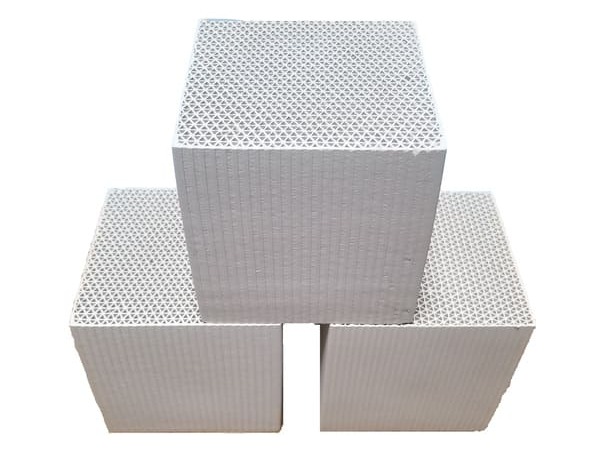What makes honeycomb zeolite adsorbents so effective in removing ammonia nitrogen? How do their physical properties and operating conditions come into play? And what about the presence of competing ions or their regeneration capability? These questions are critical when considering the performance and efficiency of honeycomb zeolite adsorbents in ammonia nitrogen removal.
Honeycomb zeolite adsorbents have gained attention for their high efficiency in removing ammonia nitrogen due to their unique structure and properties. Understanding the main factors influencing this process is essential for optimizing their use in various applications.

What Are the Physical Properties of Honeycomb Zeolite Adsorbents?
The physical properties of honeycomb zeolite molecular sieves are a significant determinant of their effectiveness in ammonia nitrogen removal. Key properties include:
- Pore size: Smaller pore sizes generally enhance adsorption capacity by providing more active sites.
- Specific surface area: A higher specific surface area means more surface for adsorption, thus improving efficiency.
- Porosity: Higher porosity facilitates better diffusion and transport of ammonia nitrogen molecules, speeding up the adsorption process.
Zeolites with smaller pores and higher surface areas are more effective in capturing ammonia nitrogen due to the increased number of active sites available for adsorption.
How Do Operating Conditions Impact Adsorption Efficiency?
Operating conditions play a crucial role in the adsorption efficiency of honeycomb zeolite molecular sieves. Key factors include:
- pH value: The solution’s pH can alter the charge characteristics of the zeolite’s surface and the form of ammonia nitrogen, affecting adsorption. Near-neutral pH conditions are generally ideal.
- Contact time: Longer contact times can enhance adsorption capacity but risk reaching saturation, where no further improvement is observed.
- Temperature: Higher temperatures can promote adsorption but also increase the risk of desorption, where previously adsorbed molecules are released.
Optimal pH, adequate contact time, and controlled temperature conditions are essential to maximize adsorption efficiency while minimizing desorption risks.
What Is the Role of Competing Ions?
In real-world applications, competing ions present in wastewater can significantly affect ammonia nitrogen adsorption. Common competing ions include:
- Sodium (Na+)
- Potassium (K+)
These ions can compete for active sites on the honeycomb zeolite molecular sieve, reducing the adsorption efficiency for ammonia nitrogen. High concentrations of these competing ions pose a particular challenge, as they can more effectively occupy active sites meant for ammonia nitrogen.

How Does Regeneration Affect Zeolite Performance?
Over time, honeycomb zeolite molecular sieves can become saturated and lose their adsorption capacity. Regeneration is a crucial process to restore their efficiency. Factors affecting regeneration include:
- Type and concentration of the desorbent: Different desorbents and their concentrations can significantly impact the regeneration process.
- Temperature during regeneration: Higher temperatures can improve desorption rates but must be controlled to prevent damage to the zeolite structure.
Effective regeneration methods are vital to prolong the lifespan and maintain the efficiency of honeycomb zeolite molecular sieves in ammonia nitrogen removal applications.

Conclusion
Understanding the factors influencing the performance of honeycomb zeolite adsorbents in ammonia nitrogen removal is essential for optimizing their application. Physical properties, operating conditions, the presence of competing ions, and regeneration capabilities all play pivotal roles in determining the efficiency and effectiveness of these adsorbents.
By carefully considering and optimizing these factors, we can enhance the use of honeycomb zeolite molecular sieves in various environmental and industrial applications, ensuring they perform at their best for ammonia nitrogen removal.


